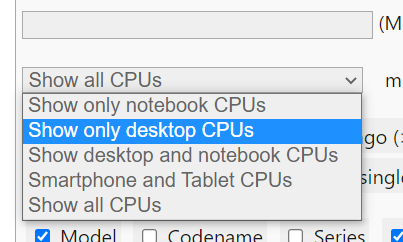Well, that is just your opinion, of course. To me, Windows seems just as toy-like — only a bit clunkier and built around software technology not as solid or flexible as BSD Unix that the Mac OS is built around.
There’s more to it. Windows was originally a rather incompetent effort built as a GUI layer sitting on top of MS-DOS, an OS with many inherent limitations and designed by and for a bunch of young computer geeks who didn’t have a full grasp of what they were doing or where it all would lead.
This goes way back to my first couple of years out of design school. I was on the team at Sperry-Univac that developed and sold one of the very first PC clones. At the time, Sperry was the second-largest computer company in the world, just behind IBM.
I was in the technical documentation group at Sperry and specifically assigned to Sperry’s PC R&D team. I worked closely with engineers who were brought up on mainframes and who were now trying to pick apart and reverse engineer the inner workings of DOS and the x86 chips running it.
I remember the engineers’ disgust with the project and their complaints about how poorly conceived DOS was. It was their opinion that regular people had no need for computers, let alone saddled with the deficiencies of a bad operating system cobbled together by a bunch of inexperienced kids at a never-heard-of company called Microsoft. Microsoft didn’t even invent DOS. It was a CP/M clone variation hurriedly purchased from a guy named Tim Patterson after Bill Gates astutely realized there was an opportunity to make a quick deal with IBM.
The only reason Sperry was even pursuing personal computing was that IBM was making a half-hearted effort at it. But even the IBM people had no real faith in DOS. It was just a quick-and-dirty solution to a pilot experiment they were running to see if there was a viable market in small, cheap, low-powered, standalone computers built for regular people.
Arguably DOS was one of the worst nascent personal computer operating systems IBM could have chosen, but because IBM decided to use it, it became the defacto standard. Big businesses trusted IBM, so if IBM was pushing DOS, it must be better than Apple IIs or TRS-80s or Commodores or whatever, even though it was really pretty awful.
MS-DOS launched Microsoft, but it was all thanks to IBM’s naive and short-sighted decision to use DOS as the quick-and-dirty operating system of its first half-hearted attempts at personal computing. It took 20 years for Microsoft to finally climb out of the DOS hole that it was built around.
So yes, Windows was designed for office workers, but not from the ground up for office workers. Instead, it was a rather incompetent attempt to throw a more user-friendly layer on top of MS-DOS, which was never built to adequately support such a thing.
If, in the beginning, IBM had been able to see into the future a bit better, and if they had spent their enormous resources to develop their own OS or even purchased a better OS from Apple or Commodore or whomever, literally a full 15 years wouldn’t have been wasted with people having to put up with the limitations of MS-DOS and the awful first iterations of Windows.
All this is near-ancient history, though, and today’s Windows is arguably on par with the Mac OS in many ways — depending on one’s preferences. However, today’s Windows is still built by a company with a culture that has its roots firmly planted in everything I just mentioned, and I’m not sure that will ever change — just like Sperry never adapted to personal computing and eventually withered away to finally merge with Burroughs to form Unisys — another has-been company.

